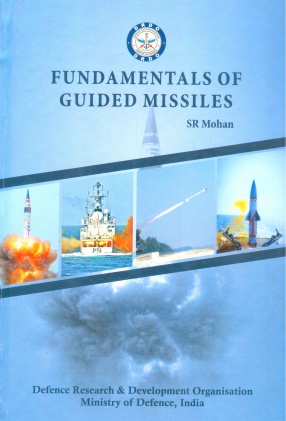Ballistic Missile Defence: Frontier of the 21st Century
Ballistic missile defense increases public and government confidence, while simultaneously making an adversary aware that a nuclear first strike may not yield the intended results. This awareness enhances the deterrence capability of a no-first-use state like India. While offensive deterrence is essential for strategic stability, a defensive deterrent like BMD multiplies the deterrent effect and protects against irrational or unreasonable states. BMD protection increases stability and gives India the choice of keeping weapons at lower states of readiness—perhaps even demated—sanguine in the belief that India's leadership and nuclear forces will survive to launch a retaliatory second strike. Keeping weapons demated, at a lower state of readiness, is a significant confidence-building measure and contributor to deterrence stability. Missile defenses flowed from the anti-aircraft and missile developments of World War II, were stimulated by the rapid buildups in offensive missiles thereafter, and further accelerated by the rapid proliferation of missiles and WMD after the Cold War. NIKE systems developed radar and interceptor technology to levels adequate for the defense of population against light attacks. To eliminate the vulnerabilities of mechanically steered radars, NIKE also developed the technology for phased array radars, which remain key components of current systems. This book contains the fundamental and basic information of the subject and useful for teachers, students and researchers.
Get it now and save 10%
BECOME A MEMBER








Bibliographic information